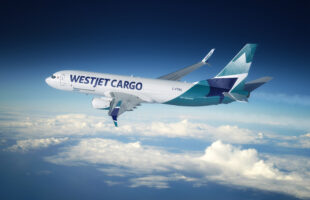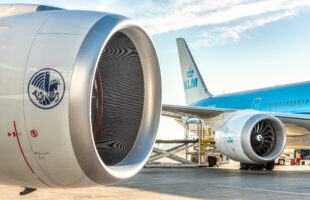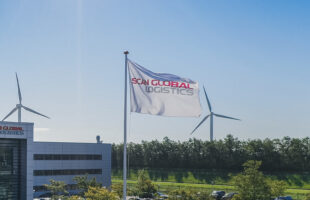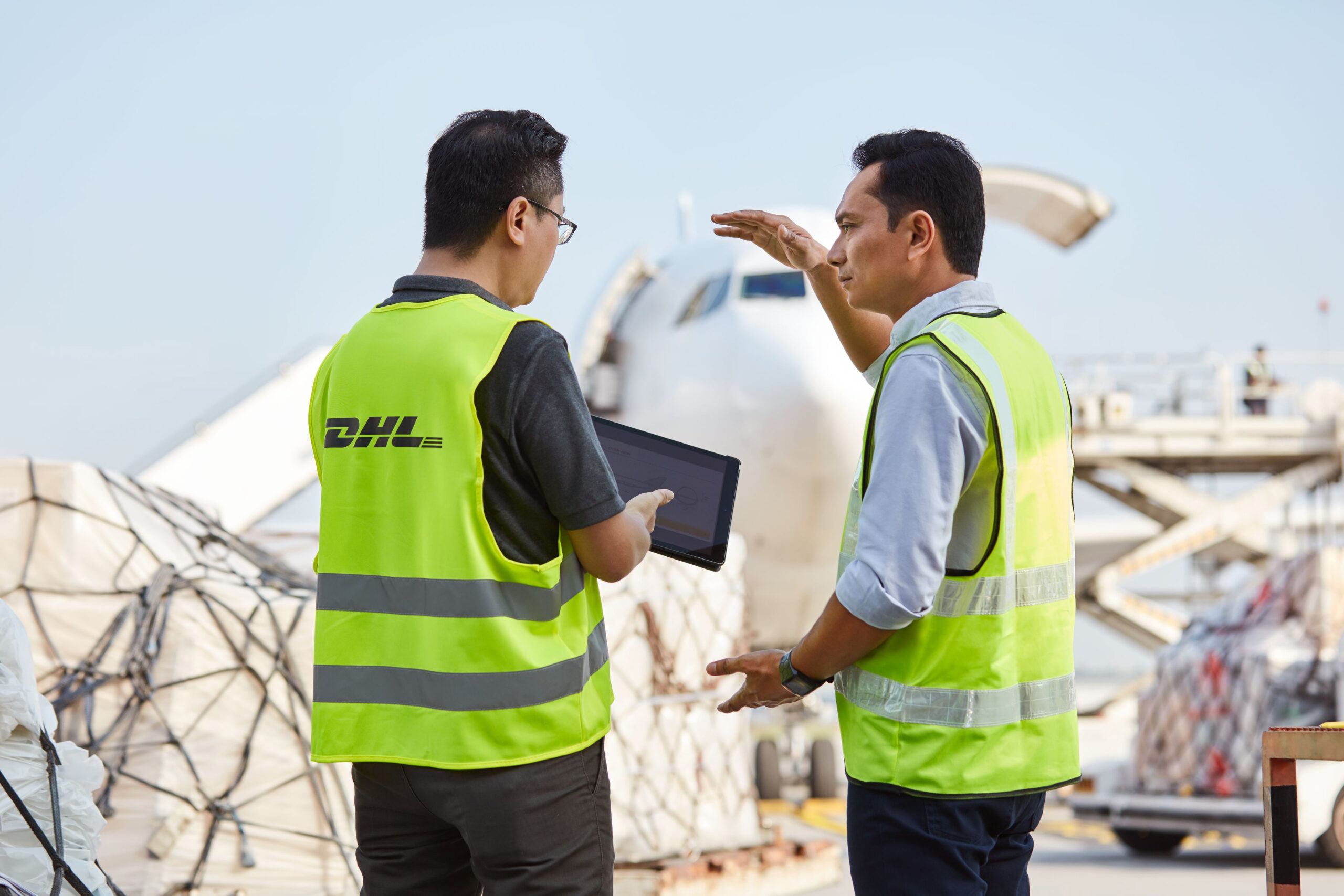
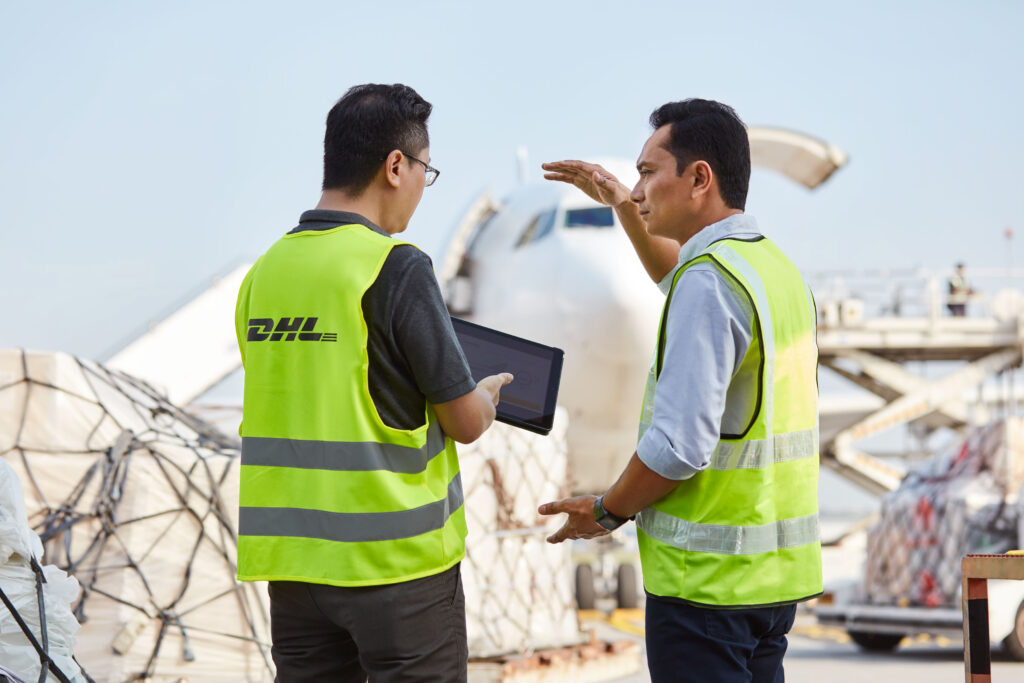
French multinational Schneider Electric is looking to reduce carbon emissions across its supply chain as it partnered with DHL Global Forwarding in launching a new multimodal shipping model that offers sustainable aviation fuel for air freight.
The two companies have combined air and sea transport to create multimodal ‘shipping bridges’ connecting Singapore and India with North America with DHL’s GoGreen Plus service offering the use of SAF to reduce Scope 3 carbon emissions from air freight.
DHL said this is the first time that a multimodal shipping model can be used to reduce a company’s Scope 3 carbon emissions. The pilot project, which started in March last year, has already seen up to 20 percent carbon-emissions reduction on the said routes and Schneider Electric estimates that this can go up to a 40 percent reduction compared to normal air fulfilment.
DHL shared the new pilot schemes have allowed the two partners to test multimodal shipping as a ‘business-as-usual process on demand’. This means orders can be delivered either by air freight or multimodal shipping, depending on capacity, air surges, margins, customer offers, and stock availability.
The forwarder explained that the multimodal approach is widely used in the supply chain industry to support business continuity and because of its significant cost savings. Sea freight, which is cheaper, allows for savings that can be used for SAF, which is more expensive than conventional jet fuel.
Schneider Electric has committed to being ‘net-zero ready’ and has already set a 25 percent carbon reduction target across the entire value chain by 2030. It plans to design and execute eight on-demand multimodal bridges across the globe with logistics partners.



